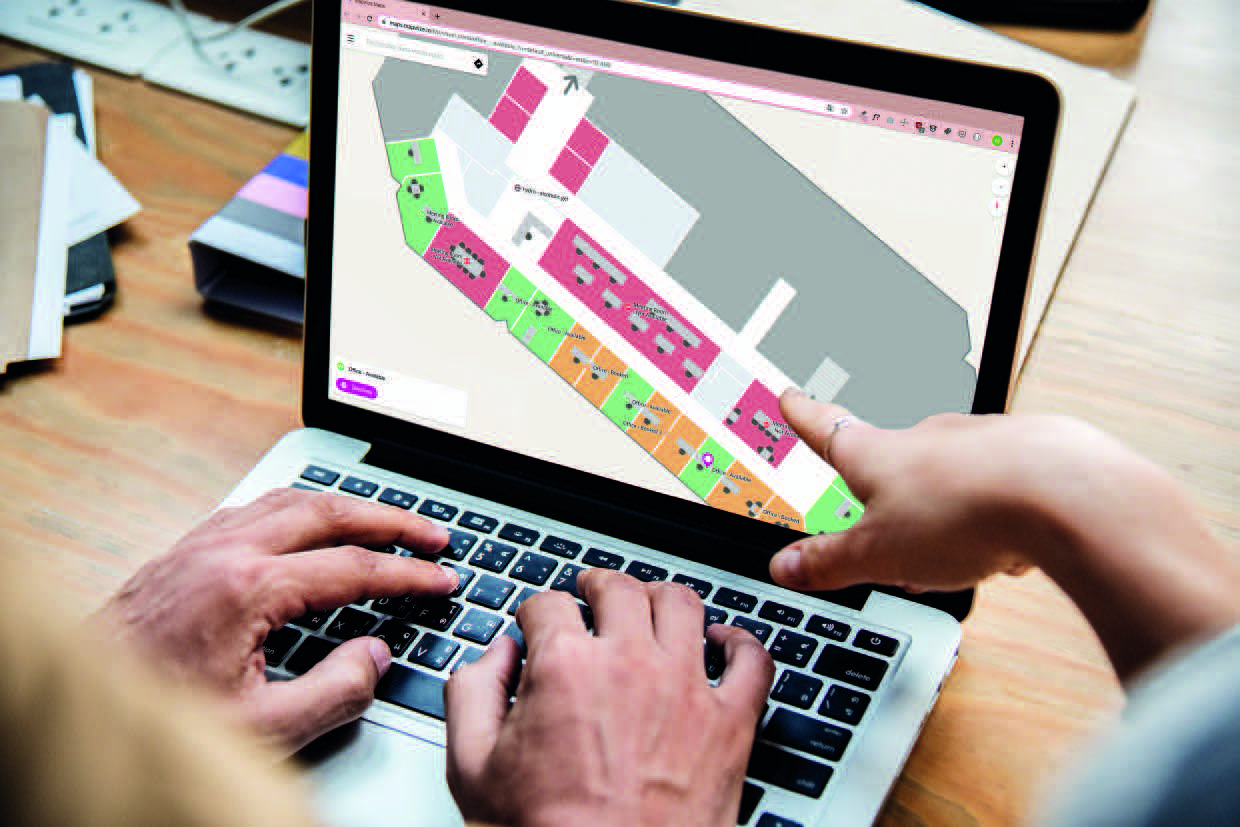Quality care is a key promise of health services globally and studies have shown that an improved environment and patient experience can deliver improved health and rehabilitation outcomes. To deliver on this promise, hospitals and health facilities are tasked with providing the best possible experience for users of their facility.
Of course, no two experiences are the same.
A patient’s experience compared to that of a staff member or health worker’s is vastly different, with related yet alternate objectives for engaging with a health facility. See examples in the diagram below.

With these different objectives, each role requires a different journey within the shared environment. Between individuals on either side, the experience differs even further. An intelligent wayfinding system therefore must be one that is human-centric in its design – that is, a system providing various users with relevant assistance and information to navigate and engage effectively with a designated space.
A human-centred solution is one that defines clear pathways to support the interactions necessary for the specific individual and is necessary with the effective facilitation of digitally transforming technologies overall.
Human centricity can reflect various aspects of the hospital experience, from the degree to which patients feel safe and supported, to the timeliness of service, and ultimately, the quality of support, information and care delivered. On the employee side, it can affect the efficiency and quality of service delivered, resource management, as well as service safety and accessibility.











